|
|
|
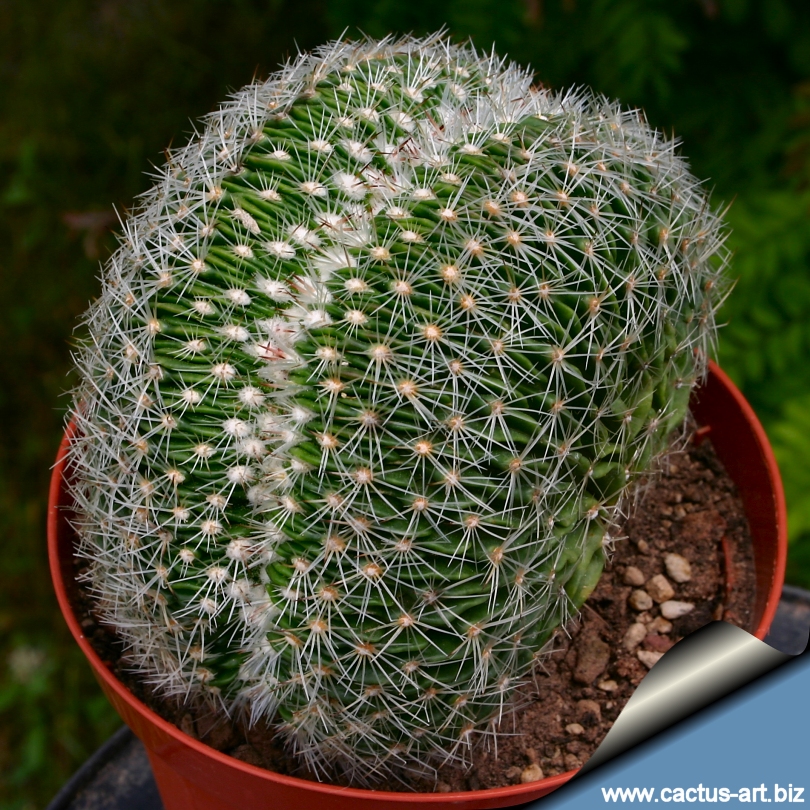
Echinofossulocactus vaupelianus forma cristata.
|
|
Description: E.
vaupepelianus has a woolly, spiny apex; the ribs are slender ribs
deeply notched wavy and corrugated; Areoles are at first covered with
white felt.
The beautiful crested form is very rare in collection and highly priced.
Spines: Centrals 1 or 2 (to 4), growing one above the other,
which of variable length up to7 cm. long. They are sharp and needlelike,
sometimes flattened, pointing upward at first and then outward,
brownish-black at their apex and somewhat reddish lower down. Radials
(10 to) 15 to 25 slender, almost transparent white, 1-1.5 cm long
straight or slightly curved, and radially arranged, overlapping each
other above the ribs.
Flowers: The flowers are 2 (2,5) cm. long, often remain squeezed
between the apical spines, and have pale yellow, creamy-white or pink
segments with a darker mid-stripe.
|
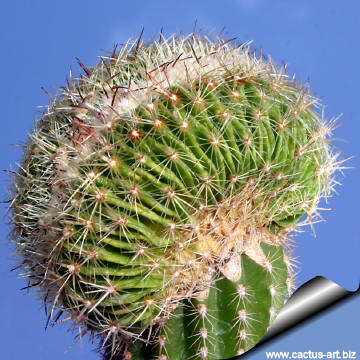 |
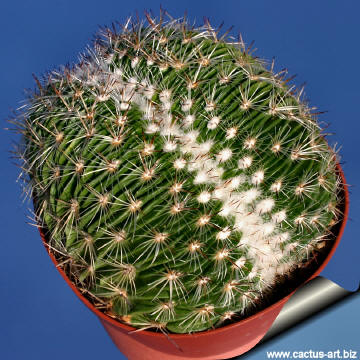 |
|
. |
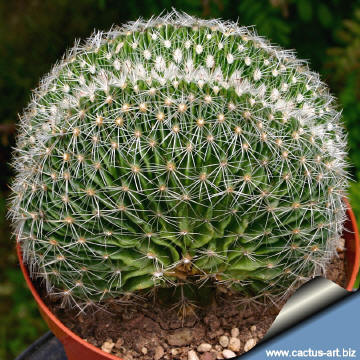 |
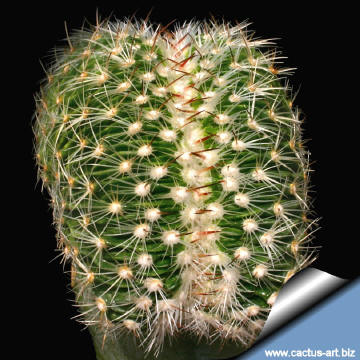 |
|
. |
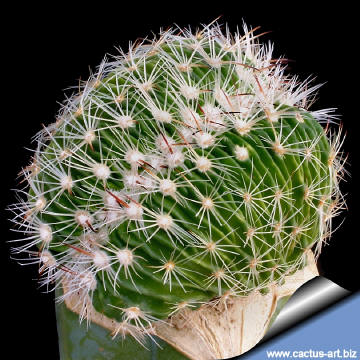 |
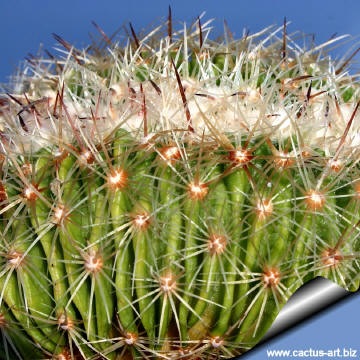 |
|


Advertising
|
|
|
|
Family:
Cactaceae (Cactus
Family)
Tribe: Cacteae -- Subtribe: Echinocactinae
Scientific name: Echinofossulocactus
vaupelianus (Werdermann) H.
C. Whitmore 1934
Forma cristata
Origin: Garden origin (Nursery
produced cultivar)
Conservation status: Listed in
CITES appendix 2.
Synonyms:
-
Echinofossulocactus vaupelianus (Werdermann) H. C. Whitmore
1934
= Stenocactus vaupelianus (Werdermann) F. M. Knuth 1935,
(Mexico)
= Echinocactus vaupelianus Werdermann 1931
= Echinofossulocactus vaupelianus (Werdermann) Tieg. and Oehme
= Ferocactus vaupelianus (Werdermann) N. P. Taylor 1980
- Echinofossulocactus
albatus (A. Dietrich) Britton et Rose 1922
= Echinocactus albatus A. Dietrich 1846
= Stenocactus albatus (A. Dietrich) F. M. Knuth 1935
= Brittonrosea albata,
- Stenocactus
rectispinus,
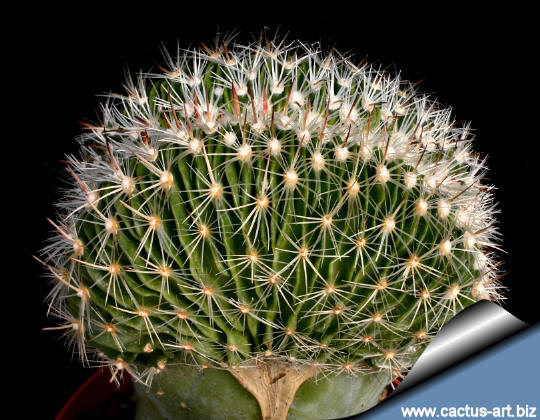
|
|
|
|
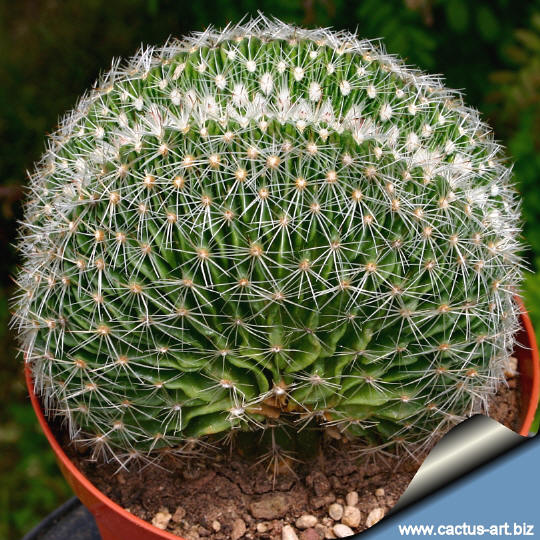
Cultivation: It is a fairly easy plant to grow both
grafted or in its own roots. During the summer it is best to keep the
plants outside where the temperature can rise to over 30 C with no harm
to the plant. Furnish good drainage and use a an open and free draining
mineral compost that allows therefore roots to breath. They like only a
short winter's rest and should be kept almost completely dry during the
winter months, If the soil is allowed to be dry for too long root loss
could follow but equally the same result would occur if the plants are
both wet and cold. From March onwards the plant will begin to grow and
watering should be increased gradually until late May when the plant
should be in full growth.
Water regularly during the summer so long as the plant pot is allowed to
drain and not sit in a tray of water. During hot weather you may need to
water the plants more frequently so long as the plant is actively
growing. From late September watering should be reduced to force the
plant to go in to a state of semi dormancy, by October you should be
back in to the winter watering regime.
Need full sun avoiding only the harshest summer sun, if kept too dark
they may become overly lush and greener and could be prone to rotting
due to over watering.
Feeding may not be necessary at all if the compost is fresh then, feed
in summer only if the plant hasn't been repotted recently. Do not feed
the plants from September onwards as this can cause lush growth which
can be fatal during the darker cold months.
Propagation: By vegetative
propagation grafting or stem cuttings from adult plants.
Photo of conspecific taxa, varieties, forms an cultivars:
|
|